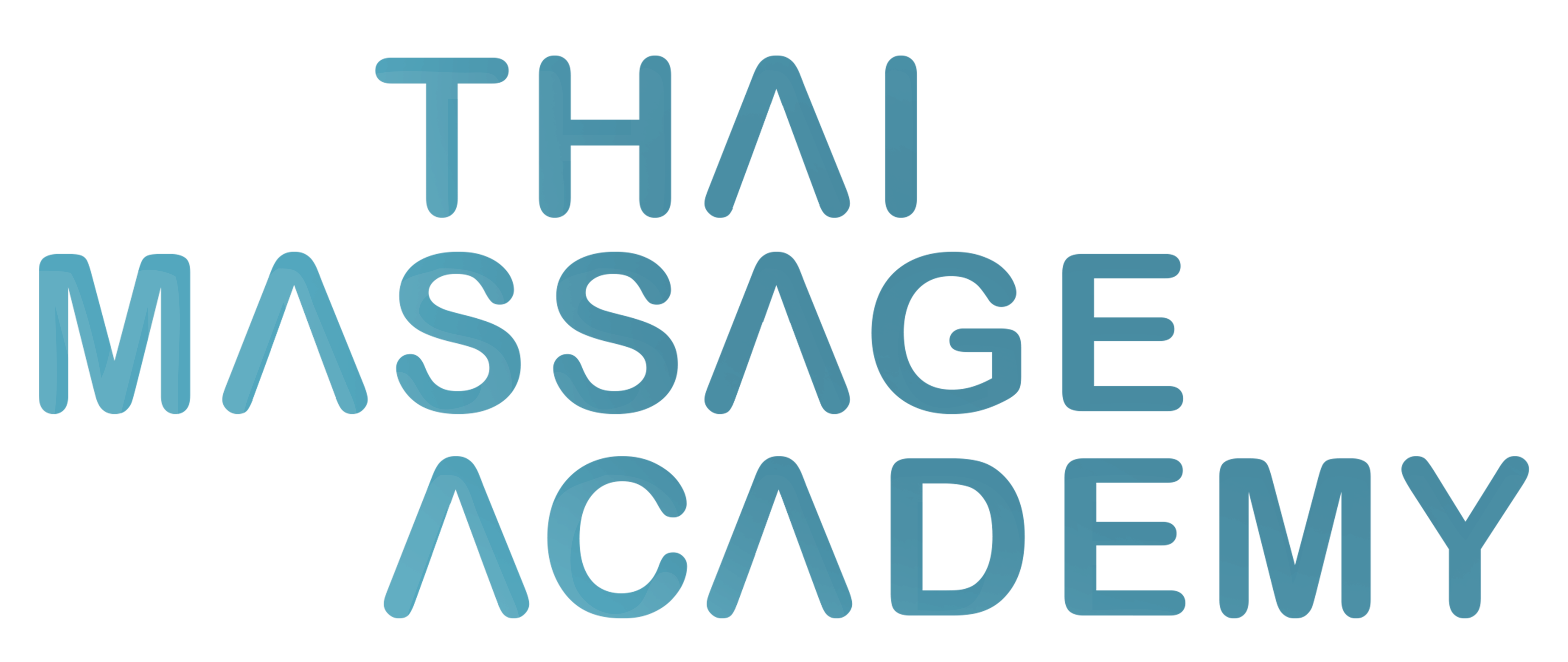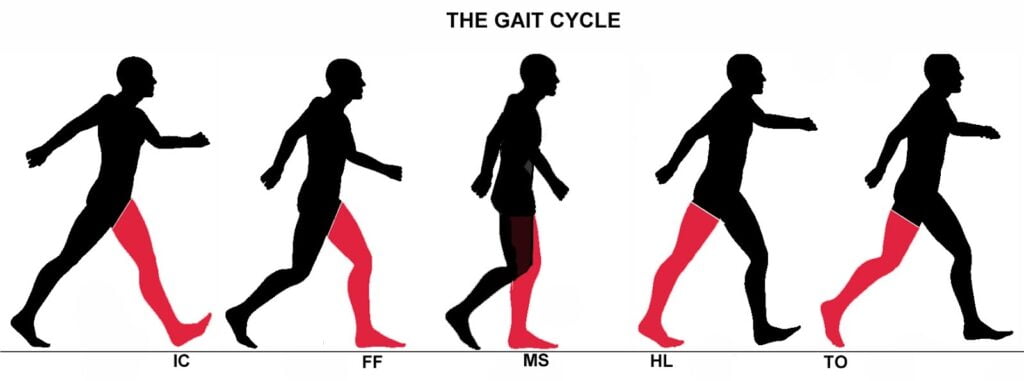Gait is the pattern of movement of the limbs during walking or running. It is a complex process that involves the coordinated action of the muscles, bones, and joints in the legs and feet.
During gait, the body’s weight is first transferred to one leg as the opposite leg swings forward. The foot of the weight-bearing leg then makes contact with the ground and pushes off, propelling the body forward. This process is repeated with the opposite leg.
Gait is controlled by the central nervous system and is influenced by a number of factors, including the individual’s muscle strength, flexibility, and balance. Abnormalities in gait can be caused by a range of factors, including musculoskeletal disorders, neurological conditions, and problems with balance or coordination.
Proper gait is important for overall health and well-being, as it helps to distribute weight evenly across the body and reduce the risk of injury. Maintaining good gait can be achieved through regular exercise and maintaining proper posture and alignment.



